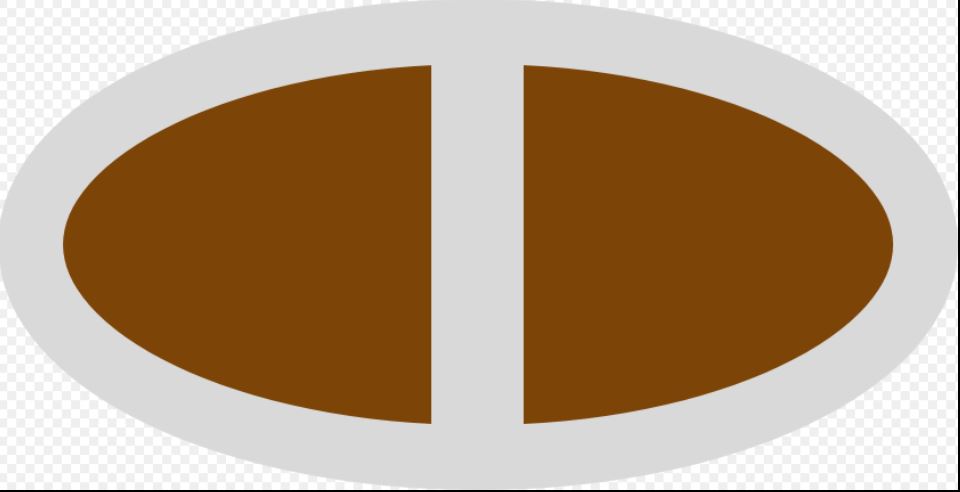2/12th Australian Field Ambulance
From Our Contribution
 22 Nov 1943 - Personnel of reformed 2/12th Field Ambulance personnel AWM 060820 | |
 Unit colour patch with brown horizontal oval with grey trim and a central vertical grey band | |
Brief History
This unit was formed at the Sydney Showgrounds on 22 Nov 1940. It comprised a headquarters unit and two companies with total staffing of 262 men. It was sent to the Northern Territory where it underwent training while providing support to the 23rd Infantry Brigade, and assiting withthe construction of five small hospitals.
Withthe commencement f the Pacific War, sub units of Company size were deployed to support the Gull Force (Ambon) and Sparrow Force (Timor). All serving with Gull Force were either killed or captures by the Japanese, with more of them dieing while POWs on Ambon or Hainan Island. Some of the Gull Force personnel were captured on Timor before what remained of Sparrow Force was evacuated.
The remaining personnel in Australia were reinforced and the unit rebuilt in Darwin, remaining there until January 1943. They moved to the southern NSW coast where they were brought up to strength, and on 10 May 1943 they boarded SS Centaur in Sydney for Port Moresby. However, on 14 May 1943 at 4:00am she was torpedoed by Japanese Submarine I-177, and sank within three minutes. Only 64 personnel survived, including 15 members of this unit who were rescued 13 hours later by an American destroyer USS Mugford.
The survivors were again reinforced by men from the 4th Light Field Ambulance and wotked up on the Atherton Tablelands from November 1943 until ealry 1944 when they moved to Wongabel to prepare for service in New Guinea. This move didn't eventuate and in 1945 they were committed to the Borneo Campaign. In February 1945 they moved to Morotai in the Dutch East Indies from where elements were despatched to Tarakan, Lutong and Kuching to support Australian troops there. The unit was disbanded in 1946 after assisting with the retrieval and care for recovered Australian POWs.
Australian author Graham McKenzie-Smith believes he unit had the "highest casualty rate of a non-combatant unit in the Australian Army". *0 deaths, 93 POWs or missing in action.
Patients
- Austin John Bevis 27 - 29 Oct 1945 & 28 Nov - 21 Dec 1945
Individual Honours
- 1 x Officer of the Order of the British Empire
- 11 x Mention in despatches
Notes